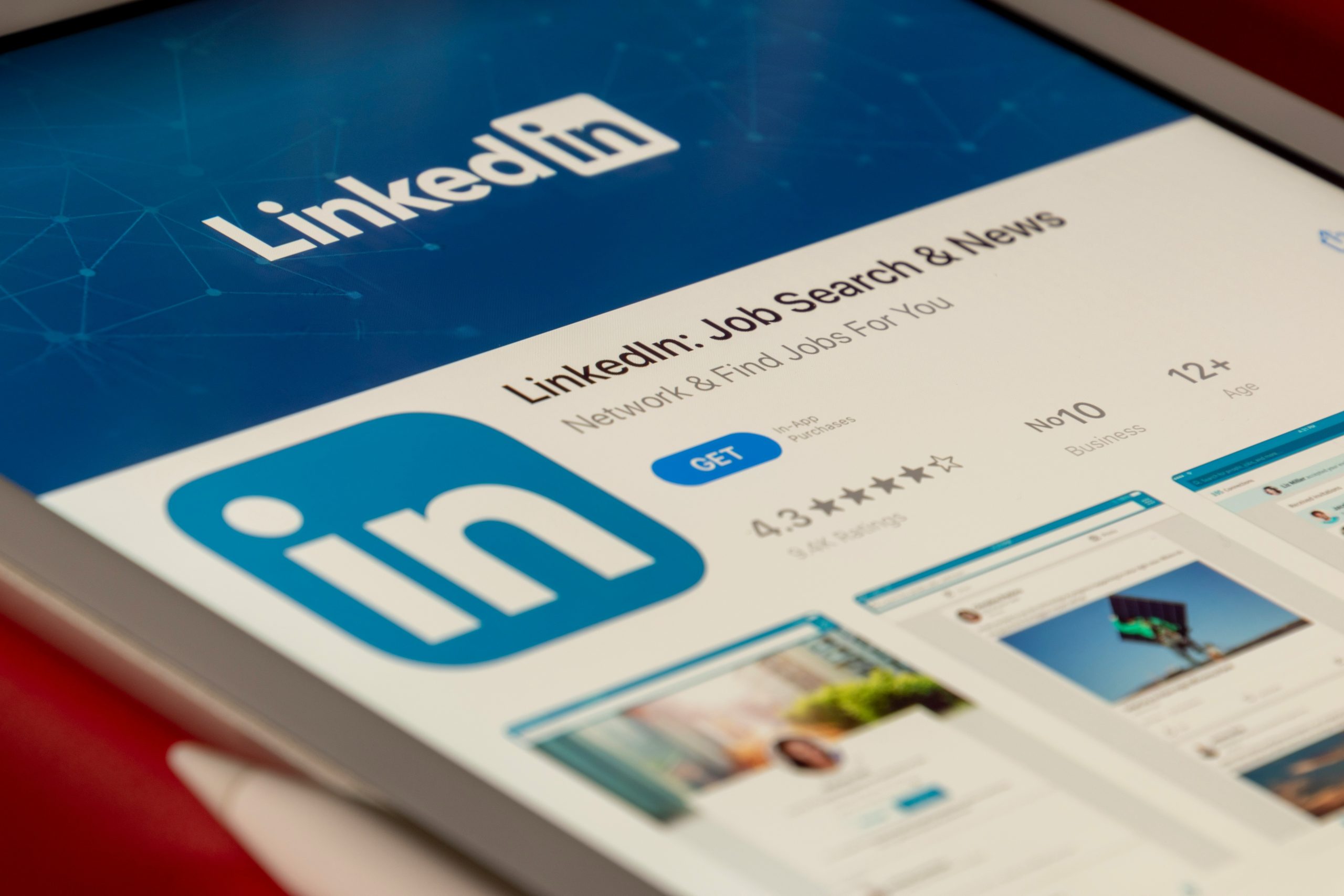How Do You Use LinkedIn as a Freelancer? Some Tips
Should freelancers bother using LinkedIn to promote their work? If you are a freelancer reading this, you may want to consider LinkedIn as one of many avenues to showcase your skills. Display your achievements and your portfolio in a number of networks, from Instagram to TikTok and so on, is a good way to reach new audiences.
Many writers on social networks use their online profiles to showcase their portolio, client feedback, track record and career history. Talking of history, back in 2016 Microsoft acquired LinkedIn in 2016, which did raise a few eyebrows, but since then a few things have emerged in its favour, mainly, the ability to access job opportunities including remote work, to research companies and potential clients, as well as to contact key decision-makers with direct messaging.
LinkedIn: a 20th Century Business Model
Although LinkedIn introduced several changes to its users over time, for example displaying a Facebook-like newsfeed, at its core its business model is steeped in the 20th century. People meeting at networking events would use LinkedIn as their online CRM (customer relationship management) system, which was free to use as a default when it first launched. The premium feature was introduced in 2011 to speed up the process of requesting introductions to contacts. Historically on LinkedIn, you needed a friend or existing contact for an introduction to someone you hadn’t met yet but that you thought could be a useful contact for your business.
You could only send private messages to your existing contacts when LinkedIn started, and this is still the case for free users. LinkedIn’s premium feature allows paying members to send a private message to people who are not already in their network of connections.
What Has LinkedIn Done for Freelancers before the Microsoft Acquisition?
Before the acquisition from Microsoft, LinkedIn was like a supercharged job market where you could have a good look around, see what your peers were doing, particularly your ex colleagues who had moved on to bigger and better things.
Freelancers had to beg their former bosses and colleagues for written endorsements (testimonials) to be in with a chance to attract new clients. This was a very useful feature, but if you were on the receiving end of endless requests for endorsements it would get tiresome, especially when you weren’t reciprocated.
LinkedIn then introduced a “click and endorse” system where you weren’t even expected to write a full recommendation but you could simply click on someone’s skill attached to their profile to “endorse” them. People would collect clicks like kids collect stickers, but apart from seeing lots of different skills icons next to your name this wouldn’t add any value to a profile. Personally I deleted that feature years ago.
If you as a freelancer can get at least three good written endorsements/testimonials on your profile, then potential clients can read them and evaluate whether you are a good match for their organisation. However, if all your endorsements are from several years ago you will need to request a new endorsement from a client of one of your latest projects you have been working on otherwise people will move on to another profile that is more up to date.
However, there is a useful workaround: you can add links to your recent work and even press coverage if you have it in your profile and this information is placed in a prominent position
What Should Freelancers Write on Their LinkedIn Profile?
Make it a habit to update your profile on a regular basis, adding and deleting old projects because, unfortunately, that may work against you in the eyes of employers and potential clients.
As a marketplace for jobs, LinkedIn was historically aimed a specific section of the workforce that has a long term view of their career and is likely to be employed instead of doing freelance work.
These are my suggestions for making the most of your LinkedIn profile and presence:
- Keep your summary short but very focused on achievements
- Use the Projects and Publications sections to your advantage listing the articles you have written and successful projects you have been involved in
- Choose a maximum of 3 skills and choose them very carefully, ensuring that when people search for these keywords they will be able to find your profile
- Use the “Jobs” search facility to find freelancing opportunities
- Update your profile a few times a year to ensure you keep it current but don’t expect too much from LinkedIn as a source of prospects
- Have an eye-catching headline summarising your experience
- If you really want to work with a specific brand, reach out to them directly on LinkedIn or ask one of your contacts for an introduction
- Use pictures and videos in your profile
- Share relevant news items on a regular basis
- Engage with other profiles in the comments, congratulate your contacts on their achievements, provide some useful commentary to industry news (you can even contribute your opinions to AI-generated LinkedIn articles about a variety of subjects).
Ultimately, if you treat LinkedIn as yet another social media network but keeping a clear focus on your career goals, you should be able to at least gain some visibility, but with constant effort and by approaching key people directly, you might be able to get to hear about new freelancing projects.
